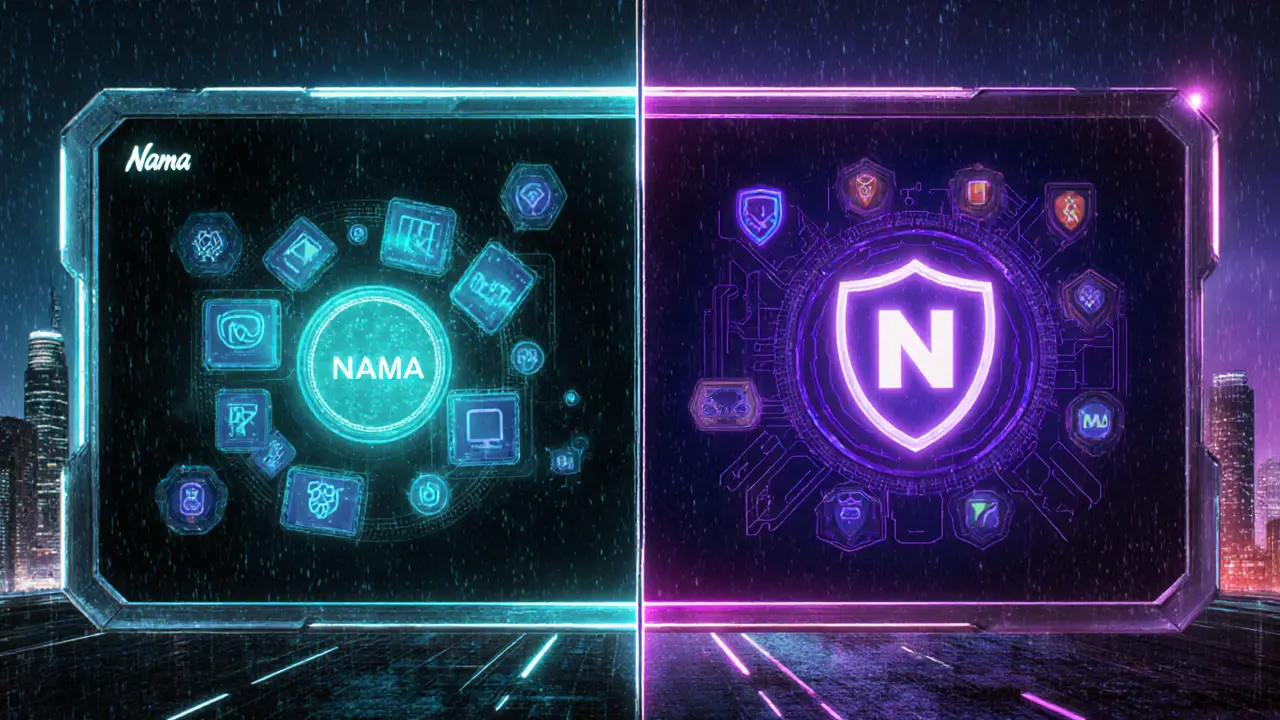Clarifies the mix‑up between Nama Finance's NAMA Protocol and Namada's NAM airdrop, detailing the real 65M token drop, eligibility, and why Nama Finance offers no airdrop.
NFT Liquidity: How It Works and Why It Matters
When dealing with NFT liquidity, the ease with which non‑fungible tokens can be bought, sold, or swapped without large price swings. Also known as NFT market depth, it decides whether a collector can move a piece without crashing its price. NFT liquidity matters to anyone who trades, creates, or invests in digital art because it links price stability to actual usable value. Supporting this flow are liquidity pools, smart contracts that lock up tokens and NFTs so traders can swap them instantly and automated market makers (AMM), algorithmic pricing engines that replace traditional order books. Together they form the backbone of modern NFT finance.
Liquidity pools encompass a few key attributes: they hold a balance of a stablecoin (or ETH) and a collection of NFTs, they set a pricing curve based on pool composition, and they let anyone add or remove assets while earning fees. For example, a pool with 100 CryptoPunks and 200 ETH will price a Punk at roughly 2 ETH, adjusted by the AMM’s constant‑product formula. This simple math lets traders execute swaps in seconds, removing the need for a buyer‑seller match. The pool’s fee‑share model also turns liquidity providers into passive earners, creating an incentive loop that pushes more capital into NFT markets.
How DeFi Bridges NFTs and Traditional Finance
DeFi protocols extend NFT liquidity beyond a single marketplace. By tokenizing NFTs into ERC‑20 wrappers, platforms let users lend, borrow, or stake their pieces while keeping the underlying asset locked. This adds layers of on‑chain metrics—borrow rates, collateral factors, and liquidation thresholds—that influence how deep a pool can get. In practice, a high‑value NFT that’s used as collateral can attract a larger pool because lenders see extra upside from interest earnings. The relationship can be summed up as: DeFi enables tokenized NFT liquidity, which in turn fuels larger liquidity pools. This feedback loop is a core reason why newer NFT marketplaces now display “pool depth” alongside floor price.
Finally, market impact is measured by three practical signals: trade execution time, slippage percentage, and fee revenue. Low slippage means the pool’s pricing curve is well‑balanced, high fee revenue shows active participation, and fast execution guarantees that market makers can keep up with demand spikes. When these signals align, the NFT ecosystem benefits from price discovery that mirrors traditional finance, but with the added flair of unique digital collectibles.
Below you’ll find a curated set of articles that dig deeper into each of these pieces—reviews of platforms that host liquidity pools, analyses of AMM models, and case studies on DeFi‑enabled NFT trading. Dive in to see how the concepts we just covered play out in real‑world tools and strategies.

